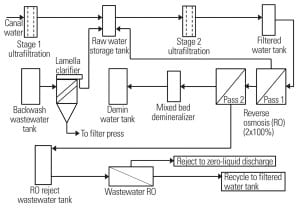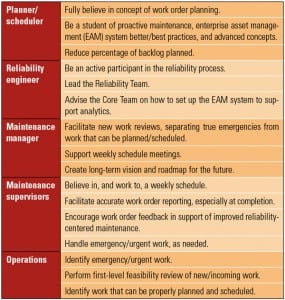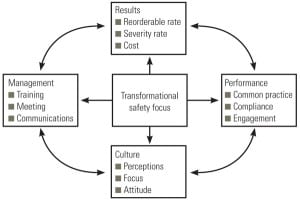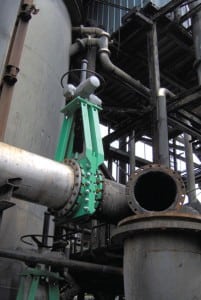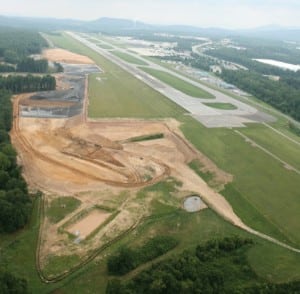Focus on O&M
-
Water
Design and Testing of a Water Treatment and ZLD System
In the following case study, Aquatech International Corp. discusses a water treatment system designed to minimize water usage and waste discharges, both liquid and solid, at a gas-fired combined cycle plant in California.
-
O&M
Breaking the Cycle of Reactive Maintenance
Nobody can schedule unplanned events that will affect power generation. And no one wants to start a day expecting an emergency to occur. But when critical systems fail in the power supply system, it’s time to respond. That’s a given of power plant maintenance.
-
Business
Safety Measurement: Culture Shaping or Failure Avoidance?
“It is a new month. I want you all to work very hard to fail less than previous months. I’ll be measuring. Failures will not be tolerated. Anyone caught doing so will be disciplined by his or her peers and/or leadership.”
-
Business
Women in Power Event Provides Networking Opportunities
From success stories to war stories, members of the Women in Power Panel Discussion shared their insights about working as women professionals in the U.S. electric power industry at the 2012 ELECTRIC POWER Conference in Baltimore on May 16. The gathering featured lively exchanges between panelists and a large number of attendees (Figure 4). The panel discussion was organized by co-chairs Angela Neville, JD, senior editor of POWER, and Colleen Campbell, business development director at CH2M HILL.
-
Coal
Safety Implications of Coal and Biomass Fuel Mixes
Practically everyone would agree that the energy policy of the U.S. is in a great state of flux. Not since the introduction of commercial nuclear power some five decades ago has our country come to such an energy crossroads. No matter what your political ideology, no one can refute that conventional coal-fired power plants are being paralyzed by recent and potential U.S. Environmental Protection Agency (EPA) regulations designed to cut the nation’s reliance on coal.
-
O&M
Improving Slurry Knife Gate Valves in FGD Applications
The primary considerations in slurry valve selection are reliability in function and design, abrasion resistance, and ease of maintenance. In addition, valves with a straight-through, unobstructed flow minimize the effect of abrasion and therefore reduce the need for maintenance.
-
Hydro
FERC Rule 1000: What Does It Mean?
The Federal Energy Regulatory Commission (FERC) has the responsibility for ensuring just and reasonable rates and preventing undue discrimination by public utility transmission providers. Last year FERC defined a new framework for public utilities and regional transmission organizations planning new transmission networks. The framework is provided in Order No. 1000—Transmission Planning and Allocation by Transmission Owning and Operating Public Utilities. The Final Rule was issued on July 21, 2011, and reaffirmed by Order No. 1000-A on May 17, 2012.
-
Gas
The Quest at CERAWeek 2012
In March, Cambridge Energy Research Associates hosted its 30th annual CERAWeek, a conference that is renowned for high-profile attendees from around the world.
-
O&M
Combustible Dust Management Training: Rely on Best Practices, Not Shifting Regulatory Winds
None of you reading this magazine needs an article—or new governmental regulations—to tell you that flash fires and explosions involving coal dust can cause catastrophic incidents, fatalities, facility damage, and financial consequences.
-
Coal
Partnership Develops Innovative CCP Project
In 2009, the North Carolina Asheville Regional Airport Authority (Airport), with partners Progress Energy Carolinas Inc. and Charah Inc., began development of the Westside Development Fill Project (Westside Project), a long-term infrastructure strategy located in the southwest quadrant of the Airport’s property. The project included phased construction of a developable pad for general aviation and commercial use, a new taxiway running parallel to the existing runway, and a major expansion of the existing runway.

